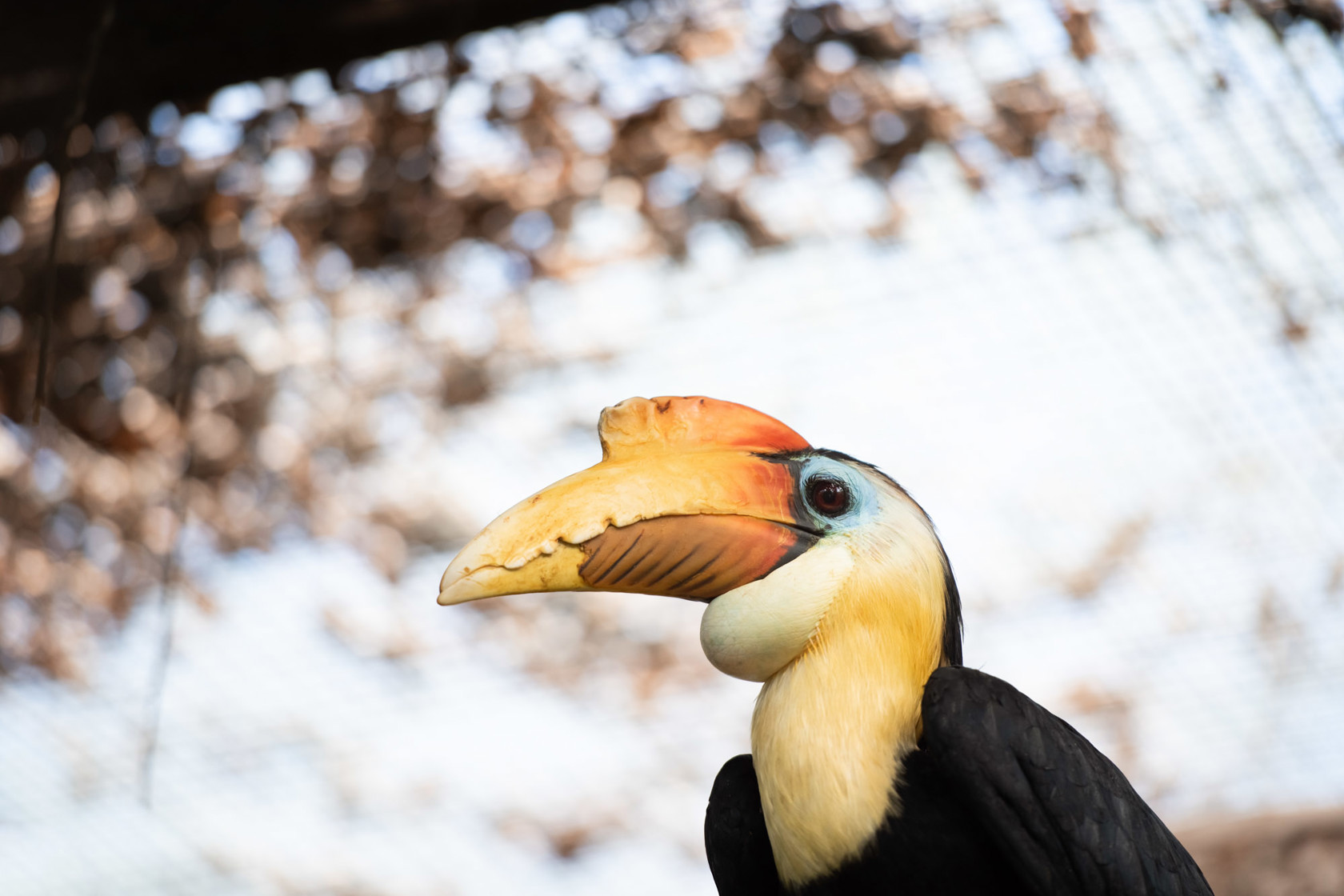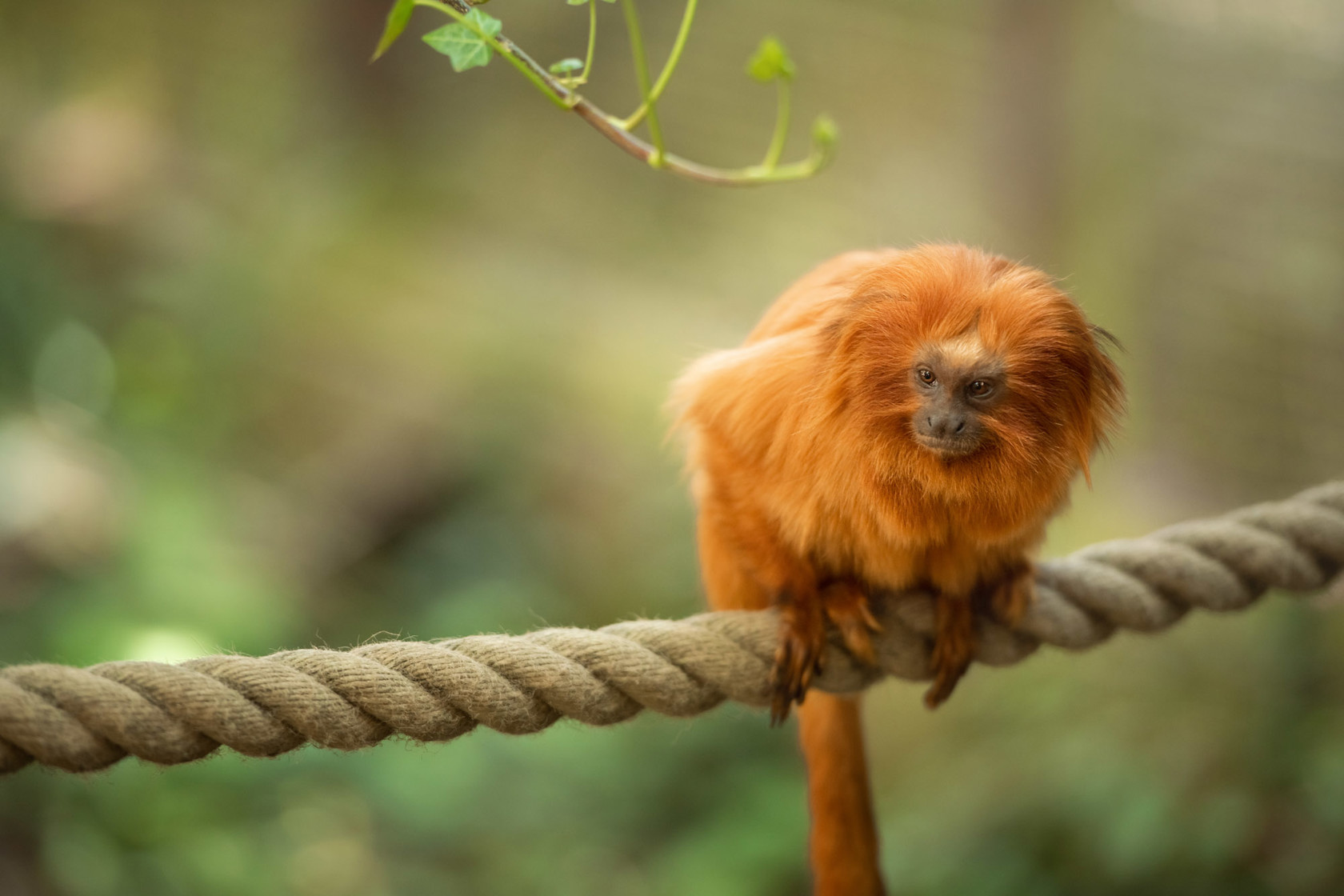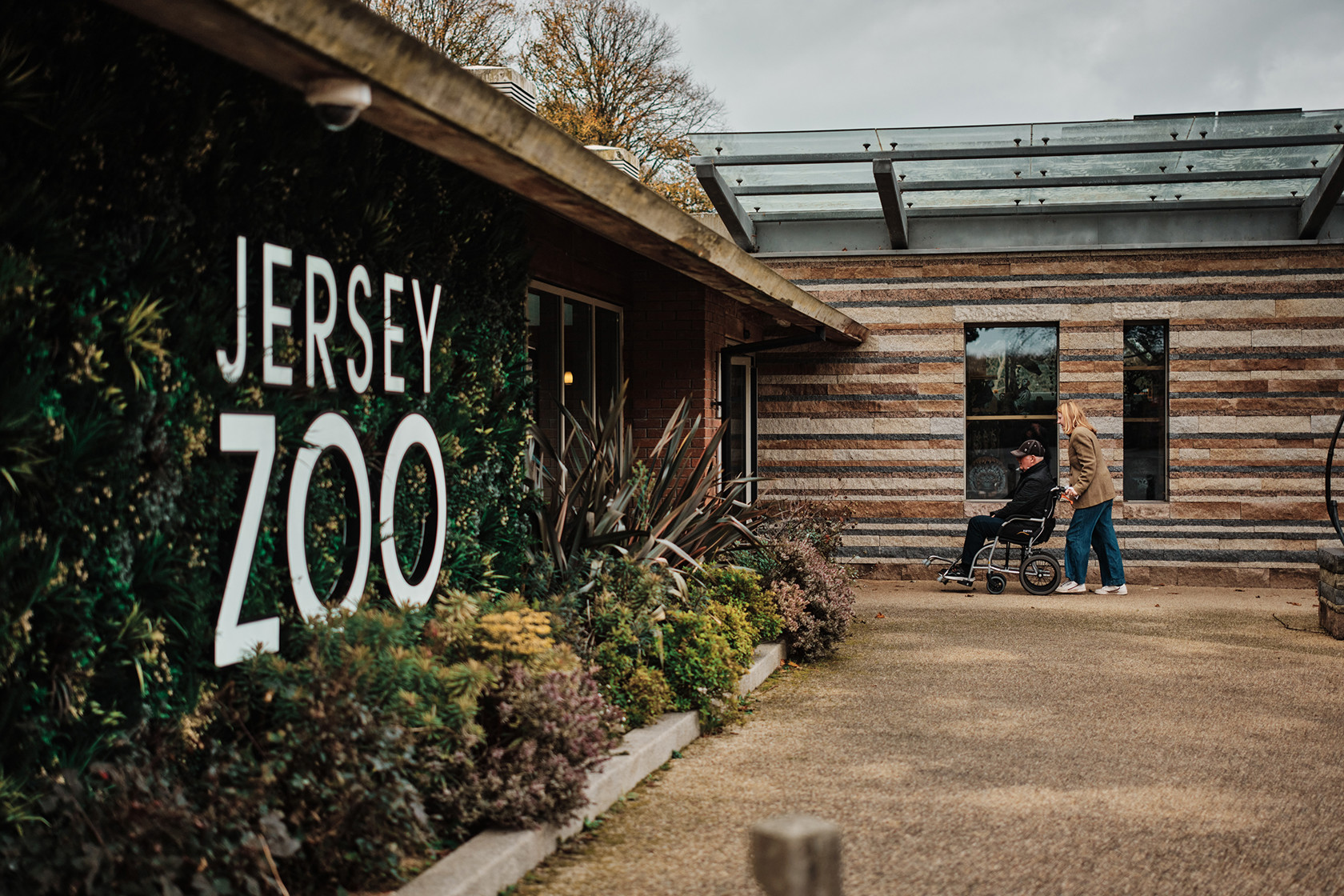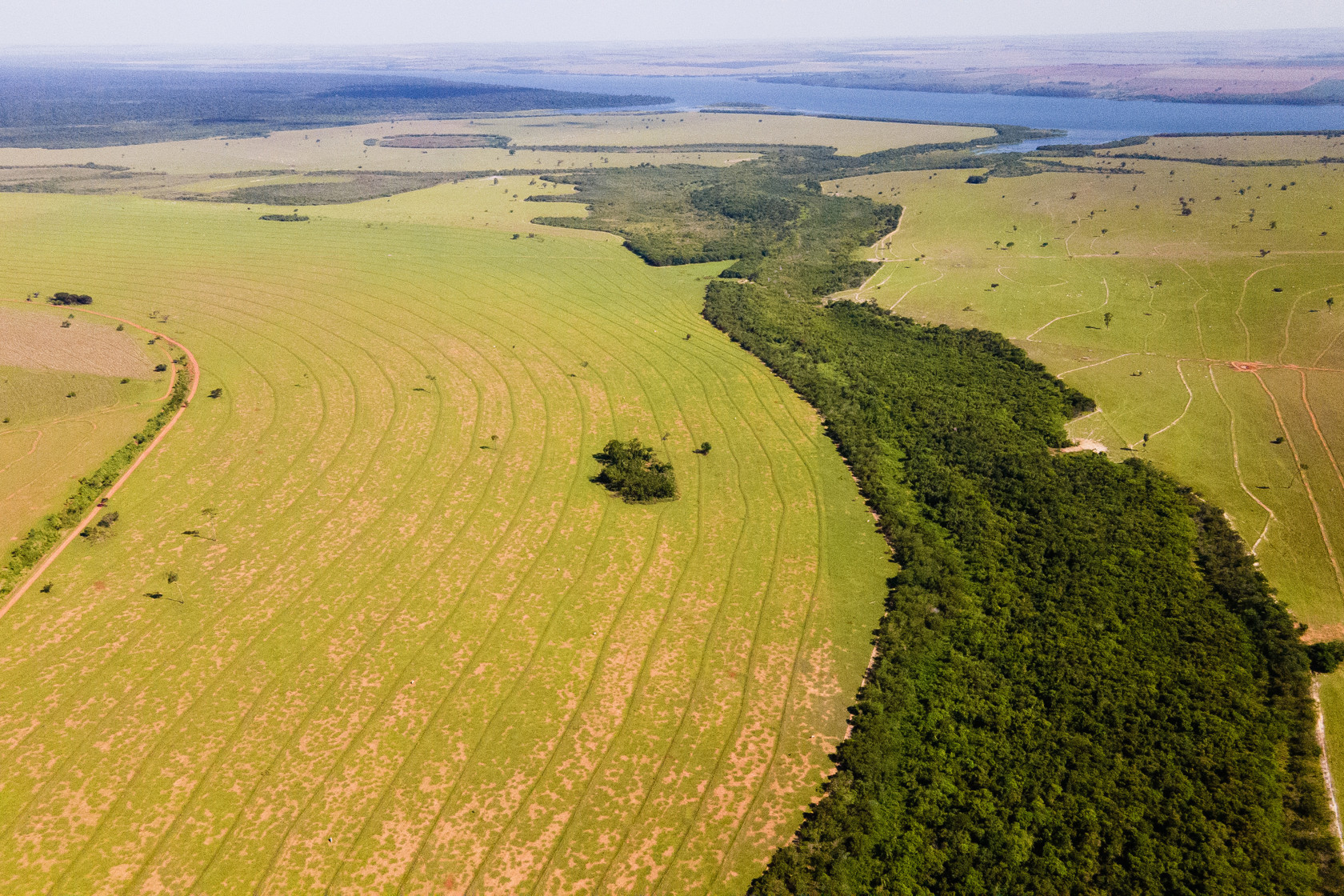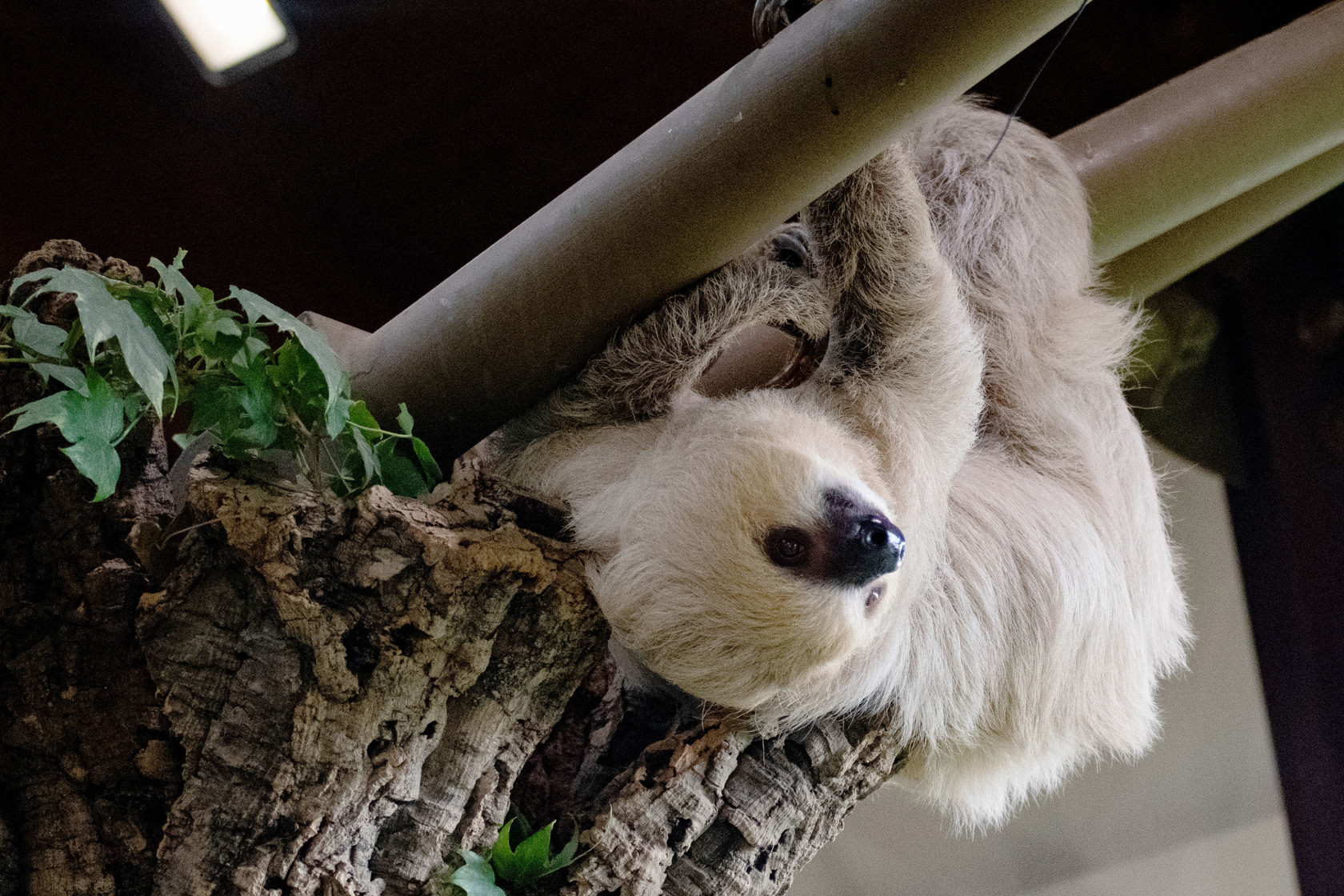Satellite tags reveal migratory habits of UK white storks
Durrell has been working alongside scientists at the University of East Anglia (UEA) to track white storks in a bid to find out about migratory habits that disappeared more than 600 years ago when the storks were a breeding bird in Britain.
In 2019, the research team fitted GPS trackers to eight storks, which were released at the Knepp Estate in West Sussex as part of the White Stork Project, a partnership of private landowners and nature conservation organisations that aim to reintroduce them as a breeding bird in the UK. This year, the tracking devices were fitted to another eight young storks, which were part of a second release of juveniles at Knepp.
The tracking devices, developed by Movetech Telemetry, have the potential to track the storks for several years. These birds are providing data that will enable the researchers to gain insights into the life and migratory choices of the reintroduced storks. ‘Marge’, one of the best-known storks from the 2019 release, is still transmitting. She spent the first winter near Rabat, Morocco, and returned to Morocco recently after a summer trip to Donana in Southern Spain.
“It was amazing to watch Marge, who left the UK just two days after being released,” said Lucy Groves, Durrell’s White Stork Project Officer. “Although she headed east to start with, she then continued on her journey south-west and became our first British white stork to cross the Strait of Gibraltar into Morocco. A huge success for the project. I am looking forward to seeing if our 2020 juveniles pick the same or different routes and if any will join Marge in Morocco?”
Lucy said the team is already seeing the results of changes made since last year to improve the tracking of the storks.
“It has been fascinating to follow the individual migration routes taken since August 2019 and the data collected is allowing us to build up a picture of the wide range of behaviours and patterns displayed by our juveniles,” said Lucy. “The combination of sightings and GPS data has shown that these juveniles are integrating with wild populations of storks, following the more experienced birds once they meet them in Europe.”
European storks migrate to Southern Europe and Africa in the autumn and have two main routes – the eastern and western migratory routes – with a migratory divide in Germany. Dr Aldina Franco, associate professor in ecology at UEA, leads a research group investigating changes in the migratory behaviour of birds.
“In the past, British storks probably used the western migratory route but storks from Poland use the eastern migratory way,” she said. “In Southern Europe, some populations are no longer migratory and spend the whole year near the breeding area.”
Previously unpublished data from the 2019 trial reveals that many of the storks spent the winter at landfill sites in Southern Europe and Northern Africa, where they have adapted to take advantage of new food resources and gather in large numbers.
Initial data from the birds released this year indicates that migratory storks crossed to Continental Europe via Dover-Calais. Three storks are now in Spain using landfill sites, two are in France and one is still in the UK. One stork died in the UK and one in France is no longer transmitting, which the team is investigating using local contacts.
“Storks helped to unlock our understanding of bird migration when in 1822 a stork appeared in Germany with an African spear through its neck, proving the long journey they take each spring and autumn,” said Lucy. “Today, we have the technology to give us detailed insights and enable us to increase our understanding and knowledge of these birds’ incredible journeys.”
Alongside the Knepp Estate, Durrell Wildlife Conservation Trust and Cotswold Wildlife Park, other key partners include the Roy Dennis Wildlife Foundation for their reintroduction expertise. Similar reintroduction schemes, aiming to boost white stork numbers across Europe, have also been implemented in the Netherlands, Belgium, Switzerland and Sweden.
Photos: Kevin Harwood & Lucy Groves
In 2019, the research team fitted GPS trackers to eight storks, which were released at the Knepp Estate in West Sussex as part of the White Stork Project, a partnership of private landowners and nature conservation organisations that aim to reintroduce them as a breeding bird in the UK. This year, the tracking devices were fitted to another eight young storks, which were part of a second release of juveniles at Knepp.
The tracking devices, developed by Movetech Telemetry, have the potential to track the storks for several years. These birds are providing data that will enable the researchers to gain insights into the life and migratory choices of the reintroduced storks. ‘Marge’, one of the best-known storks from the 2019 release, is still transmitting. She spent the first winter near Rabat, Morocco, and returned to Morocco recently after a summer trip to Donana in Southern Spain.
“It was amazing to watch Marge, who left the UK just two days after being released,” said Lucy Groves, Durrell’s White Stork Project Officer. “Although she headed east to start with, she then continued on her journey south-west and became our first British white stork to cross the Strait of Gibraltar into Morocco. A huge success for the project. I am looking forward to seeing if our 2020 juveniles pick the same or different routes and if any will join Marge in Morocco?”
Lucy said the team is already seeing the results of changes made since last year to improve the tracking of the storks.
“It has been fascinating to follow the individual migration routes taken since August 2019 and the data collected is allowing us to build up a picture of the wide range of behaviours and patterns displayed by our juveniles,” said Lucy. “The combination of sightings and GPS data has shown that these juveniles are integrating with wild populations of storks, following the more experienced birds once they meet them in Europe.”
European storks migrate to Southern Europe and Africa in the autumn and have two main routes – the eastern and western migratory routes – with a migratory divide in Germany. Dr Aldina Franco, associate professor in ecology at UEA, leads a research group investigating changes in the migratory behaviour of birds.
“In the past, British storks probably used the western migratory route but storks from Poland use the eastern migratory way,” she said. “In Southern Europe, some populations are no longer migratory and spend the whole year near the breeding area.”
Previously unpublished data from the 2019 trial reveals that many of the storks spent the winter at landfill sites in Southern Europe and Northern Africa, where they have adapted to take advantage of new food resources and gather in large numbers.
Initial data from the birds released this year indicates that migratory storks crossed to Continental Europe via Dover-Calais. Three storks are now in Spain using landfill sites, two are in France and one is still in the UK. One stork died in the UK and one in France is no longer transmitting, which the team is investigating using local contacts.
“Storks helped to unlock our understanding of bird migration when in 1822 a stork appeared in Germany with an African spear through its neck, proving the long journey they take each spring and autumn,” said Lucy. “Today, we have the technology to give us detailed insights and enable us to increase our understanding and knowledge of these birds’ incredible journeys.”
Alongside the Knepp Estate, Durrell Wildlife Conservation Trust and Cotswold Wildlife Park, other key partners include the Roy Dennis Wildlife Foundation for their reintroduction expertise. Similar reintroduction schemes, aiming to boost white stork numbers across Europe, have also been implemented in the Netherlands, Belgium, Switzerland and Sweden.
Photos: Kevin Harwood & Lucy Groves

